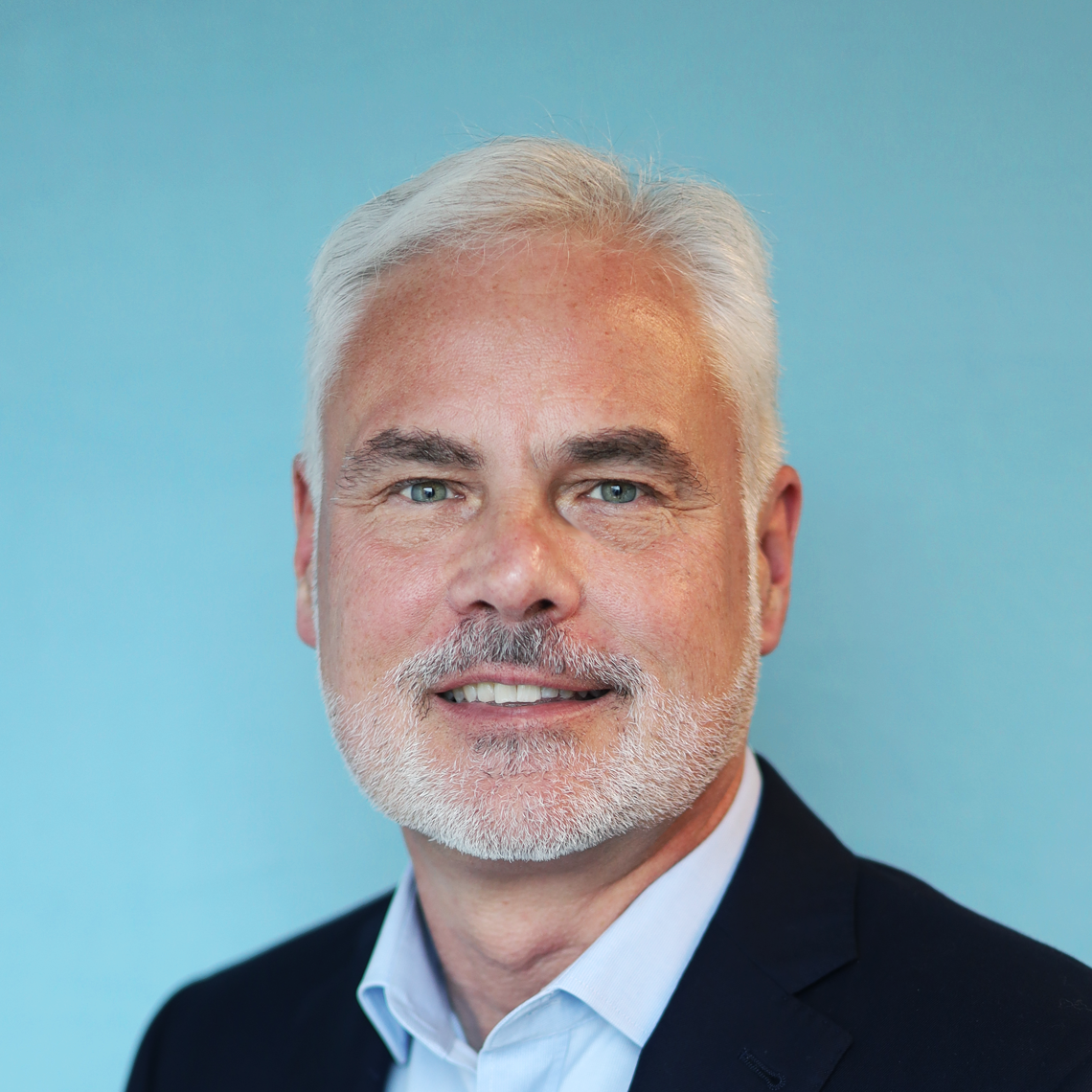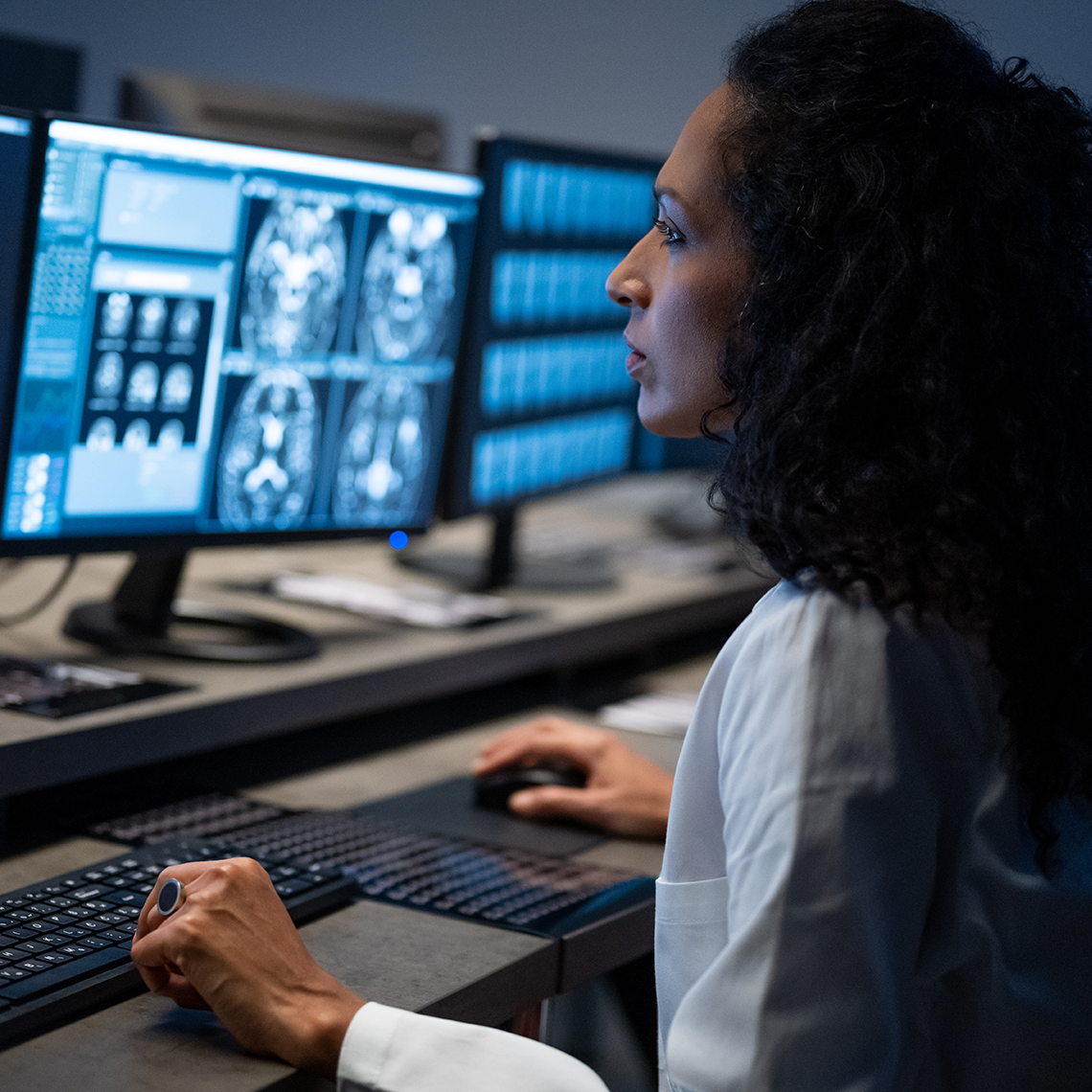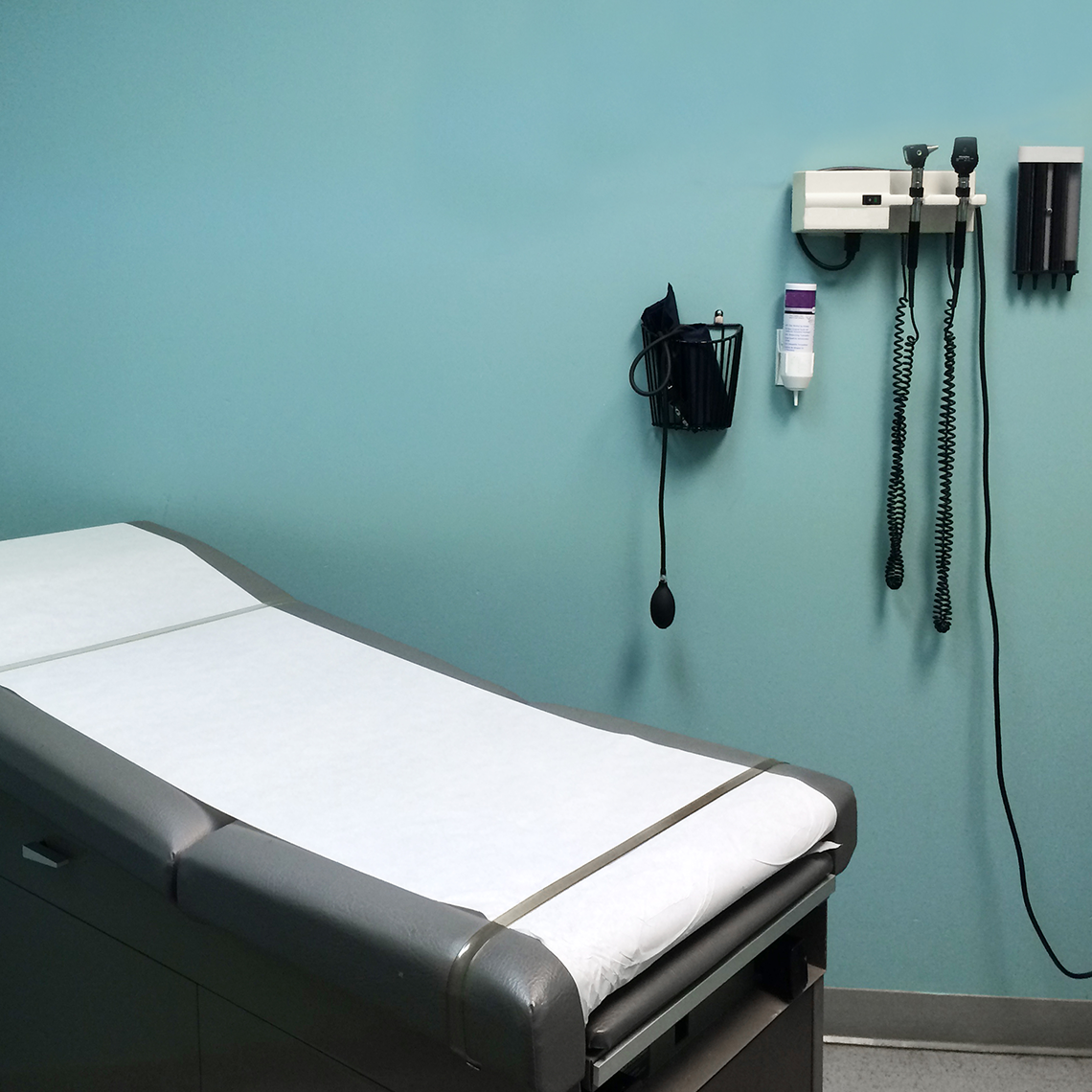Podcast
A Net to Catch Patients at Risk of Falling Through the Cracks
Feb 13, 2024

“There are times with our interventions where everyone knows that implementing an intervention can improve safety. And indeed, there’s a sense of moral obligation to do just that.”

Mark E. Reynolds
President and CEO, CRICO
It’s 10 a.m. at a busy primary care practice, and a specially trained staffer pulls up a list of patients in a registry on her computer. In a few minutes she will begin making phone calls to individuals with abnormal screening results who are overdue for follow-up appointments. The same scene has been playing out for more than a year in hospitals across the City of Boston and beyond.
The Harvard teaching hospitals and their affiliated institutions have banded together to tackle one of the most difficult and deadly challenges that face all health care providers: clinical tests and specialty referrals that are lost to follow-up. Analysis of Harvard’s medical malpractice claims from a recent 10-year period shows that cases with allegations related to diagnosis represent a third of all payouts. Half of those losses involve cancer diagnosis, and 84 percent of cancer diagnosis cases arise in the ambulatory setting.
Through their malpractice insurance and patient safety company, CRICO, the hospitals convened clinical practice leaders to study the problem and see if a system-wide intervention can reduce risk. Using the national Candello database, they analyzed medmal claims to identify contributing factors. The goal was to catch errors and save lives across institutions by using a collaborative model and pooling resources.
“There are times with our interventions where everyone knows that implementing an intervention can improve safety. And indeed, there’s a sense of moral obligation to do just that.”
Mark Reynolds is President and CEO of CRICO.
“And yet, for a variety of reasons, those interventions were either not implemented at member institutions or not uniformly implemented.”
CRICO designed and funded an intervention that all seven participating institutions would mount at roughly the same time. The initial focus would be colorectal cancer, followed by other cancers and conditions, including behavioral health. Ambulatory Safety Nets have shown promise elsewhere, focused on person-to-person contact after an abnormal finding. Each of the participating organizations adapted a model where they create patient registries through their electronic health records, which flag abnormal test results that are outside the window of follow-up. They use patient “navigators” to reach individual patients and help them overcome barriers to getting tests done or going to a specialist.
Anecdotal evidence already shows patients who were rescued by the safety net program. Navigators are convincing patients to follow through, and results are being flagged.
“It’s really nice when you can have a conversation with a patient about whatever they’re overdue for and convince them to have that test.”
Nicole Napier is a patient navigator for the MIT Ambulatory Safety Net.
“And when they say, yes, I’m ready to schedule. To me, that’s the reward in itself.”
Dr. Denise Mayo is an internist at Newton-Wellesley Hospital and the Medical Director for the Mass General Brigham Ambulatory Safety Net. Dr. Mayo says the goal is to reduce the risk of a missed cancer; another benefit is to ease conditions that contribute to provider burnout. The vigilance and worry that go along with feeling responsible for every test result is exhausting. A safety net system that helps them deliver optimal care lifts everyone.
“To save lives like this is just amazing because all of us… I don’t know any physician who either hasn't had a problem with this where they’ve missed something, or they have a colleague who missed something. But the devastating impact on the patient and the family is very difficult for all parties concerned. I think the physicians themselves have some reassurance that they may have a backup plan in case they themselves just didn't see a result or are unaware of it. And I think collectively, we’re all just trying to do the right thing by our patients. Certainly helps with malpractice risk, but as a provider, just knowing somebody has got my back, that’s huge.”
One key challenge is the variability that already exists in how practices order and track follow-up studies and referrals when a patient presents with a problem. Ludmilla Svoboda is a nurse and Medical Director for the Dana-Farber Cancer Institute Ambulatory Safety Net.
“Every system is different. Every electronic medical record is different, every set of instructions that a patient might get before, let’s say a colonoscopy, is different. Every endoscopist or primary care provider does things, again, differently in his/her/their way. And so, creating these Ambulatory Safety Nets is more important than ever.”
That inconsistency gets to the heart of a lot of medical error. Dr. Luke Sato is Chief Medical Officer and Senior Vice President at CRICO. Dr. Sato points out that tackling this issue as a system using best practices, is a model to reduce both clinical and liability risk.
“One of the purposes of doing the Ambulatory Safety Net was also to make sure that our risks in missed and delayed diagnosis was being addressed. And one of the things that we felt strongly about is that when you look at the malpractice data, we find that many of the gaps that occur in missed and delayed diagnosis malpractice claims, is the fact that critical test results and lab reports are sometimes falling through the cracks and not necessarily either getting back to the patients or getting even to the primary care providers or even the ordering physicians.”
The Safety Net Medical Director for Beth Israel Lahey Health is Dr. Mattew Germak, an internist and Chief Quality and Safety Officer at that institution’s primary care division. Dr. Germak says this project provides even more benefit for his team at BILH. It helps establish a precedent for cross-departmental, multi-domain improvement at his institution, following a relatively recent merger.
“My team at Beth Israel Lahey Health for the Ambulatory Safety Net has really grown and developed over the last 18 months. It’s a team that has started from scratch. And through that exercise of developing the team, I think we've shown within our young health system that we’re able to forge partnerships and integrate across functional lines and legacy hospital lines, and develop infrastructures and evolve culture in a really important way. So, in my mind, it goes beyond the Ambulatory Safety Net team at BILH.”
One participant, Dr. Richard Balaban, has been working on quality improvement in the Harvard system for many years, and he sees something new with this project. Dr. Balaban is a general internist and serves as Medical Director of the Department of Care Integration at Cambridge Health Alliance (CHA). He is medical director for the CHA Ambulatory Safety Net.
“The collaborative has really allowed us to become part of the community in a way that I think we haven’t been in the past in terms of being able to go to other Harvard institutions and ask very specific questions. Specifically, I’ve reached out to Atrius and MGB and Brigham and Women’s, and there’s just been a tremendous willingness to share what they’ve learned with us and to participate with us at all different levels. I’ve been able to set up meetings with our IT staff, with their equivalents at the other institutions; radiology to radiology have spoken. So, there’s just been a tremendous amount of agreeability to collaborate with us in a way that I’ve never seen before.”
In 2024, the Ambulatory Safety Net program will expand to cover more cancers and additional sites. A collaboration this large is challenging to assemble and it takes time. But participants are learning from each other and believe they can demonstrate more success across institutions than by themselves individually. Stephanie Cresta is a patient navigator for the Atrius Health Ambulatory Safety Net.
“I think my favorite part is coming together and working collaboratively together. I think oftentimes health care is seen as a business with its competitors. And I think coming together and making a stride in health care means so much more for the patients. And I think it's really important work that we’re doing, and it’s together rather than against each other.”
I’m Tom Augello for Safety Net.
Commentators
- Richard Balaban, MD, Cambridge Health Alliance
- Stephanie Cresta, MHA, Atrius Health
- Matthew Germak, MD, MPH, Beth Israel Lahey Health
- Denise Mayo, MD, Mass General Brigham
- Nicole Napier, BSN, RN, MIT Medical
- Mark Reynolds, CRICO
- Luke Sato, MD, CRICO
- Ludmilla Svoboda, RN, BSN, MA, OCN, Dana-Farber Cancer Institute
About the Series
We’ve got you.
Our Safety Net podcast features clinical and patient safety leaders from Harvard and around the world, bringing you the knowledge you need for safer patient care.
Episodes
Paying for Patient Safety: Solving an ROI Puzzle
Teleradiology Leads Virtual Care Risk in New Study

New Study Finds Outpatient Adverse Events Common, Often Preventable

Taking the Pulse of a Clinician’s Interpersonal Skills


